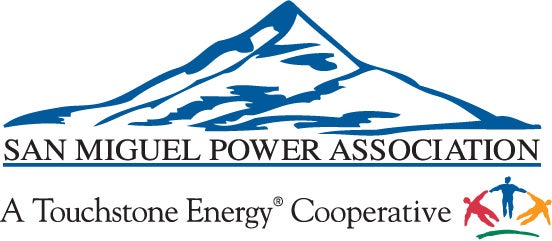Audit Application
One of the first steps to making your home more efficient involves understanding how it uses energy.
You can easily conduct a basic home energy audit with a simple but diligent walk-through. When auditing your home, keep a checklist of areas you have inspected and problems you find. Full lists are available online - Touchstone Energy Cooperatives© Home Energy Saver and the Alliance to Save Energy Home Energy Checkup are both useful - and most trouble spots can be found in a few key areas.
Tips:
- Locate air leaks around windows and doors, gaps along a baseboard or edge of the flooring and at junctures of walls and ceiling.
- On the outside, inspect all areas where two different building materials meet, including all exterior corners, siding and chimney junctures, and areas where the foundation and the bottom of exterior brick or siding join.
- Look for cracks and holes in the mortar, foundation, and siding.
- Once you have found the leak, seal it. When sealing any home, be aware of indoor air pollution and appliance "backdrafts." Backdrafting occurs when various appliances that burn fuels and exhaust fans in the home compete for air. An exhaust fan may pull combustion gases back into the living space. This can obviously create a very dangerous and unhealthy situation.
Regional Energy Auditors
EcoAction Partners
Jay Saxton, PO Box 1625, Telluride CO 81435
office: 970-728-1345; cell: 970-417-0602
Lotus Energy Solutions, LLC
HERS Rating, Manual J Calculations, Energy Consulting Services
Kim Wheels: (970) 708-9674; lotusenergysolutions@gmail.com
Maintenance Patrol
BPI Certified Energy Auditor, Building Performance Contractor, HVAC Service and Installations
Rob Foley: (970) 335-9797; maintenancepatrol@gmail.com
4CORE
10 Town Plaza
Durango, CO 81301
(970) 259-1916
Pinnacle Building Performance
Heat Pump Installations, Energy Audits, Building Performance Contractor
Robin Henry: (970) 426-5695; pinnaclebp@gmail.com
PO Box 3096, Durango, CO 81302
Heat loss through the ceiling and walls in your home could be very large if insulation levels are less than the recommended minimum. When your house was built, the builder likely installed the amount of insulation recommended (if any) at that time. Given today's energy prices (and future prices that will probably be higher), your insulation might be inadequate, especially if you have an older home. Online energy audits will provide more details on checking insulation levels in the attic, walls, and basement.
Inspect heating and cooling equipment annually, or as recommended by the manufacturer. If you have a forced-air furnace, check filters and replace them as needed. Generally, you should change them about once every month or two, especially during periods of high use. Have a professional check and clean your equipment once a year.
On average, lighting accounts for about 10 percent of a home's electric bill. Examine the wattage size of the lightbulbs in your house. You may have 100-watt (or larger) bulbs where 60 or 75 watts would do. You should also consider compact fluorescent lightbulbs for areas where lights are left on for hours at a time.
Article courtesy of the U.S. Department of Energy Office of Energy Efficiency and Renewable Energy
